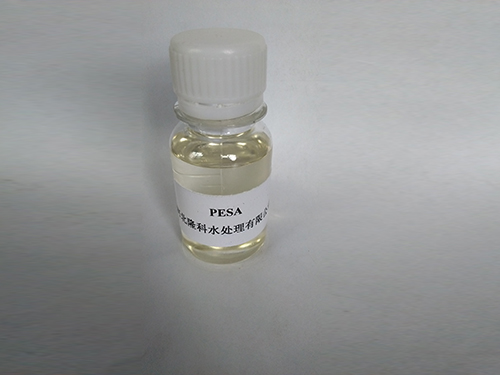polyacrylamide production
The Production of Polyacrylamide An Overview
Polyacrylamide (PAM) is a versatile synthetic polymer that has garnered significant attention across various industries due to its unique properties and applications. Produced from the polymerization of acrylamide, a water-soluble monomer, polyacrylamide is predominantly used in water treatment, agriculture, and a range of industrial applications. This article explores the production methods of polyacrylamide, its properties, applications, and the environmental considerations associated with its use.
Production Methods
The production of polyacrylamide involves the polymerization of acrylamide through an addition reaction. There are two primary methods for this polymerization process batch polymerization and continuous polymerization.
1. Batch Polymerization In this method, acrylamide monomers are mixed with water and a polymerization initiator, typically a potassium persulfate or ammonium persulfate. The mixture is heated to initiate the reaction, which produces polymer chains. This method is often favored for its simplicity and control over reaction conditions, making it suitable for small-scale production or specialty grades of polyacrylamide.
2. Continuous Polymerization For large-scale production, continuous polymerization is commonly employed. This process allows for the ongoing feeding of acrylamide and initiators into a reactor, resulting in a more efficient and faster production cycle. The continuous system can produce high molecular weight polyacrylamide that is crucial for many industrial applications.
Regardless of the method used, careful control of temperature, pressure, and pH is essential to ensure the desired molecular weight and properties of the final product.
Properties of Polyacrylamide
Polyacrylamide is characterized by its high water solubility and ability to form gels in aqueous solutions. The physical properties can vary significantly depending on the degree of polymerization and the specific formulation used. Polyacrylamide can be categorized into several types
- Non-Ionic PAM This type has no charge and is used primarily for its thickening and stabilizing properties in solutions. - Cationic PAM Cationic polyelectrolytes are positively charged and are used in applications requiring flocculation and coagulation, particularly in water treatment processes. - Anionic PAM Anionic forms carry a negative charge and are employed in applications where dispersive or soil conditioning properties are required.
The molecular weight of PAM can vary widely, influencing its effectiveness in different applications. Lower molecular weight PAM is generally used for applications requiring higher flow properties, while high molecular weight PAM is utilized for its ability to bind with particles and improve viscosity.
polyacrylamide production

Applications
The applications of polyacrylamide are vast, reflecting its versatility
1. Water Treatment PAM is widely used in the clarification of drinking water and wastewater treatment processes due to its ability to aid in flocculation. By helping to gather particles together, it enhances the removal of impurities from water.
2. Soil Stabilization In agriculture, polyacrylamide is used to improve soil structure, enhance water retention, and reduce erosion. Its ability to retain water and nutrients can significantly boost crop yields.
3. Oil Recovery In the petroleum industry, PAM assists in enhanced oil recovery processes, increasing the efficiency of oil extraction.
4. Cosmetics and Personal Care PAM is often included in formulations for its thickening and emulsifying properties, providing texture and stability to various cosmetic products.
Environmental Considerations
While polyacrylamide is a crucial material for many industries, its production and use raise environmental concerns. Acrylamide is a known neurotoxin and a potential carcinogen, necessitating stringent safety measures during production and application. Moreover, the disposal of polyacrylamide can pose risks to aquatic environments if not managed properly.
In recent years, there has been a push towards the development of biodegradable alternatives to traditional polyacrylamide to mitigate these environmental impacts. Research into sustainable production methods and non-toxic alternatives is ongoing, aiming to balance industrial needs with ecological safety.
Conclusion
The production of polyacrylamide represents a significant intersection of science and industry, illustrating both the capabilities of synthetic materials and the responsibilities that come with their use. As research continues and alternative methods are explored, the future of polyacrylamide production is likely to evolve, emphasizing not only efficiency and effectiveness but also safety and sustainability.
-
Pbtc Scale InhibitorPBTC: A Scale Protector for Industrial Water TreatmentNewsAug.05,2025
-
Organic Phosphonate: An Efficient Defender in the Field of Scale InhibitionNewsAug.05,2025
-
Hydrolyzed Polymaleic Anhydride: Green Pioneer in Scale Inhibition FieldNewsAug.05,2025
-
PAPEMP Polyamino Polyether Methylene Phosphonic Acid For SaleNewsAug.05,2025
-
Flocculant Water Treatment: A Pioneer in Purification in the Field of Water TreatmentNewsAug.05,2025
-
Benzyl Isothiazolinone: An Efficient and Broad-Spectrum Antibacterial Protective GuardNewsAug.05,2025





